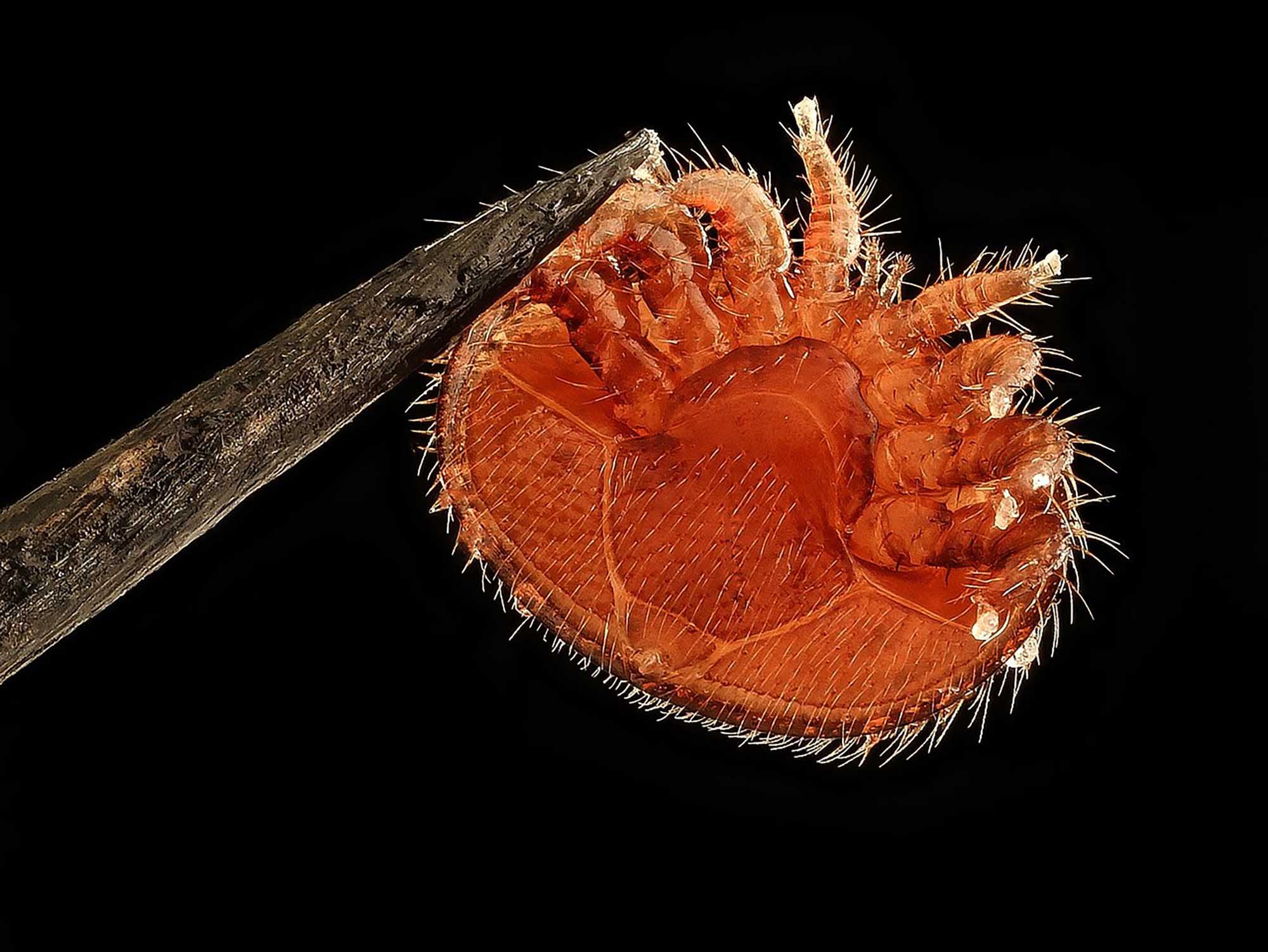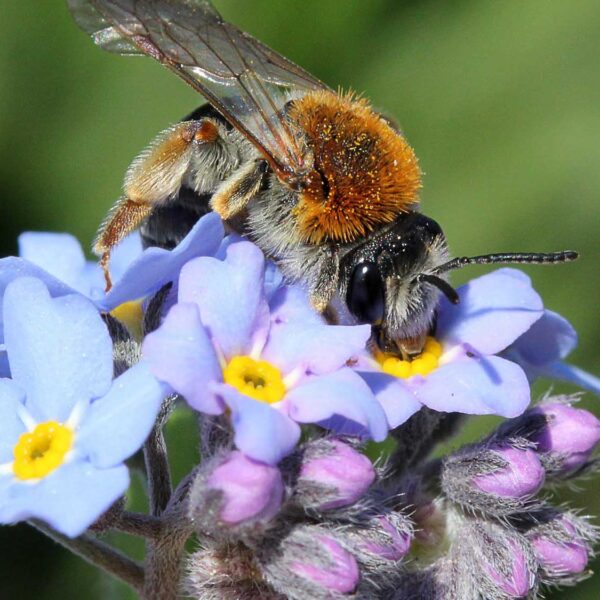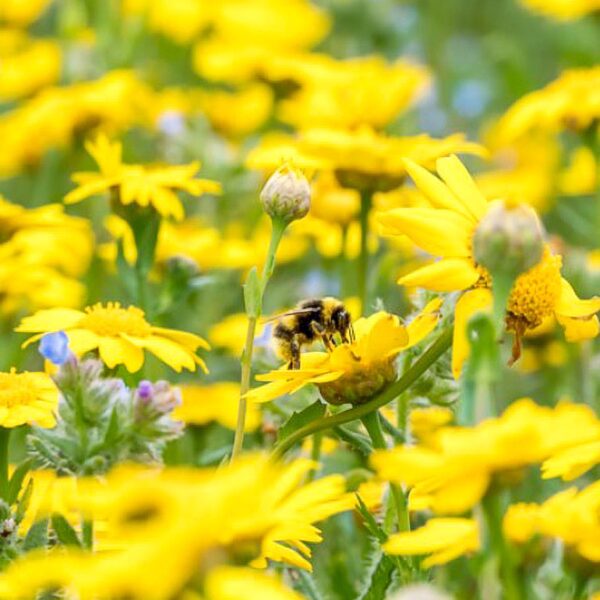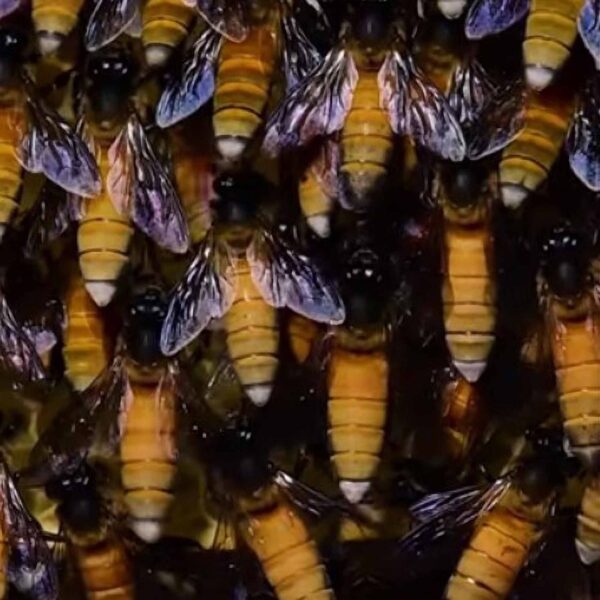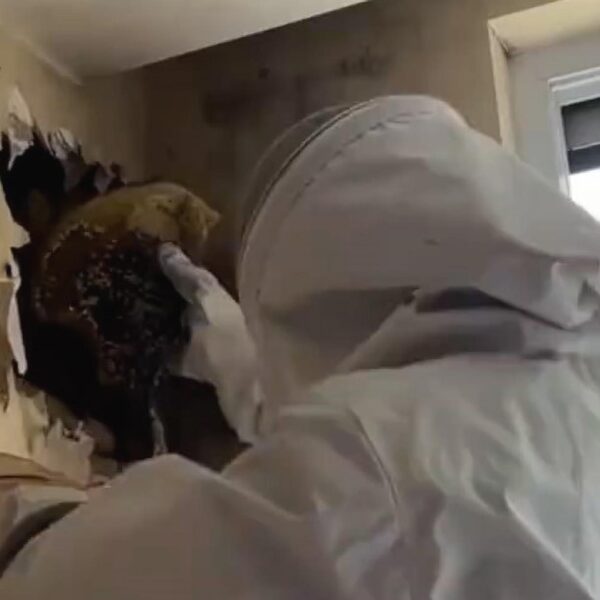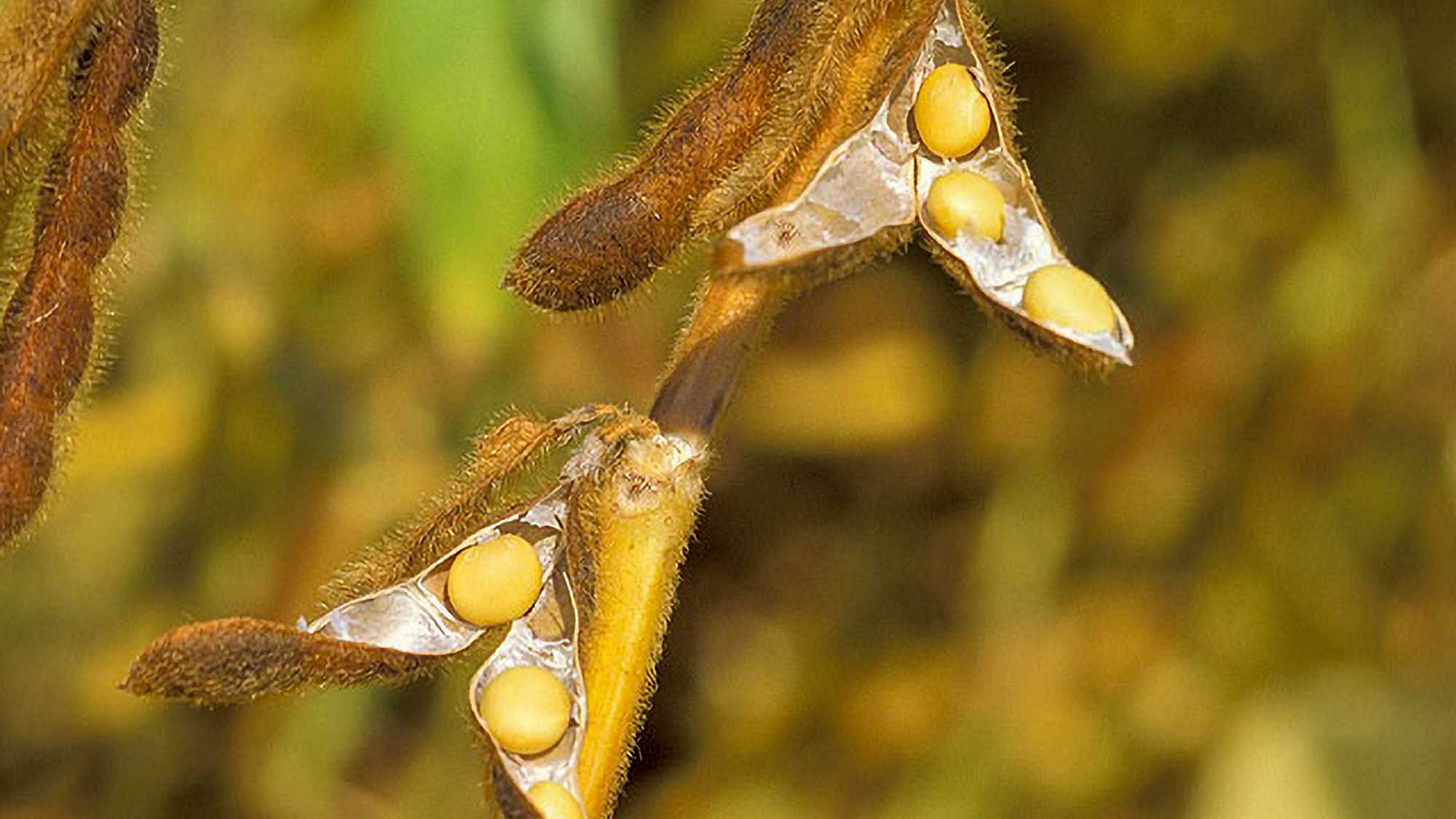A honeybee health expert has underlined that detecting and treating parasitic infestation is much easier today due to the various technological advances.
Comparing beekeeping around 40 years ago with apiculture today, Dr Josef Mayr from the Austrian Agency for Health and Food Security (AGES) said: “I remember well how an older colleague warned me of a Varroa infestation in my first beekeeping year.
“That was back in 1984. He predicted it but I could not see anything.”
Speaking to broadcaster Ö1, Dr Mayer emphasised: “Back then, we could not simply check the internet for pictures. Many of us didn’t know what these mites look like.”

The Varroa destructor is a parasite that exists around the world. It reproduces by attaching to the body of the domesticated honeybee. The insect gets weaker as the mite sucks its fat-storage cells.
Varroa infestations are considered the biggest wintertime threat to honeybee hives.
Dr Mayer is in charge of the Bee Health Department at AGES.
Ö1 asked the expert about the anti-Varroa effectiveness of synthetic agents. The Austrian authorities have given the green light to two acaricide pesticides.
Dr Mayer said: “Currently it seems as if they work well.”
He added: “Some beekeepers have got in touch to raise concerns. However, I assume that the substances haven’t been applied appropriately in these cases.”
On the AGES website, Dr Mayer emphasises: “Honeybees and wild bees play an important role in our ecosystems. Alongside other insects, they are indispensable when it comes to the pollination of flowering plants.
“Bees take a key role concerning biodiversity and food security. Only healthy bee colonies can fulfil these tasks.”
According to the AGES expert, Austrian apiarists have had to deal with Varroa infestations since the 1980s. Dr Mayer warned: “The Varroa mite is responsible for many of the colony collapses that occur in autumn and winter.”
The European Commission (EC) has described the parasite as “the most impacting pathogen threat for honeybees and the beekeeping industry worldwide.”
There are around 33,000 beekeepers among the nine million residents of Austria. The country takes 13th place in the EC’s apiculture statistics which are topped by Spain, Romania and Greece.

